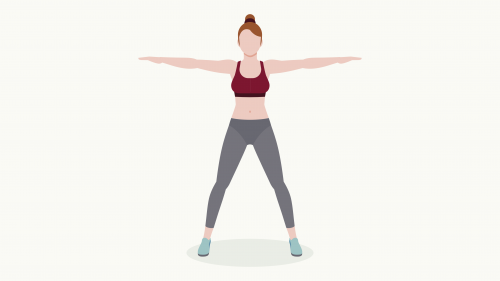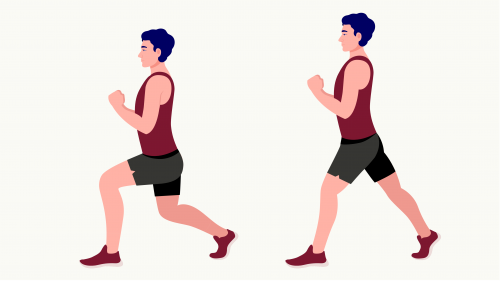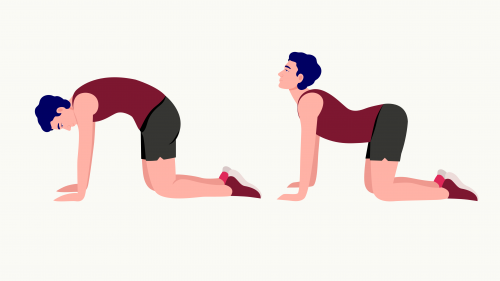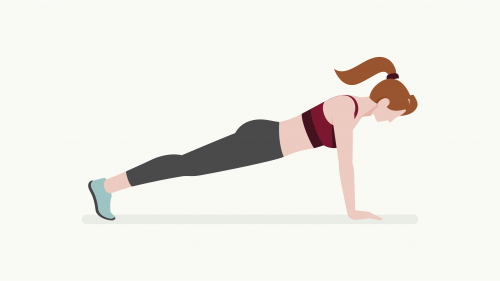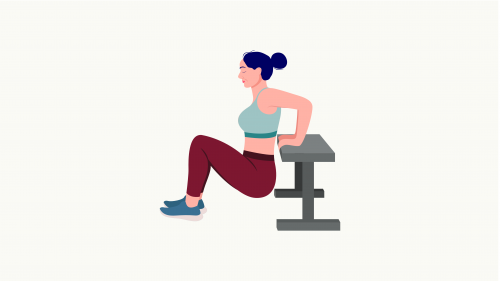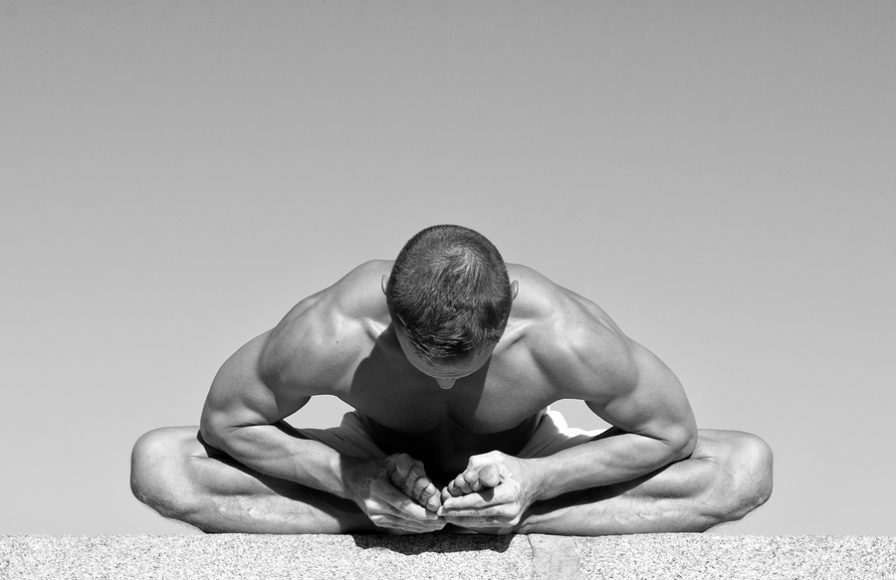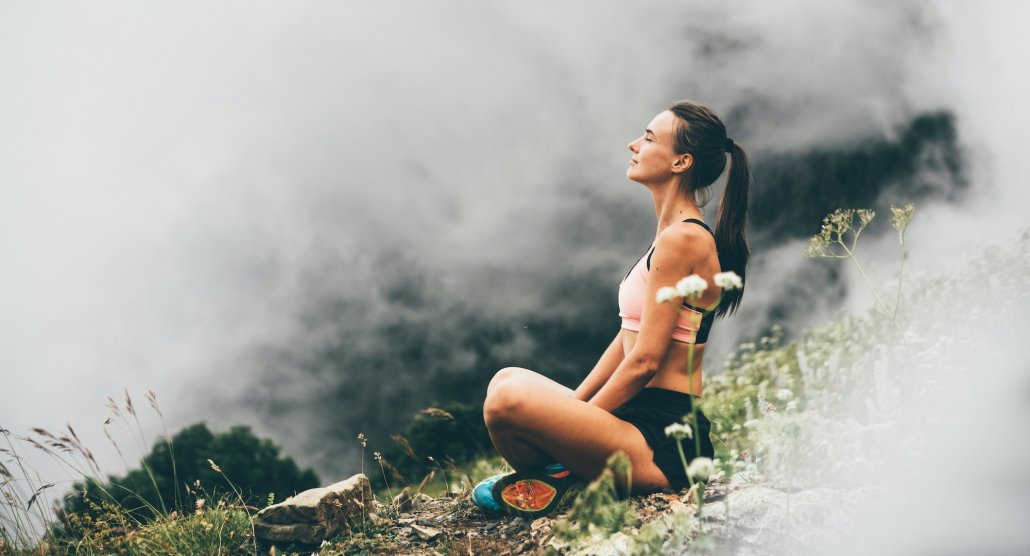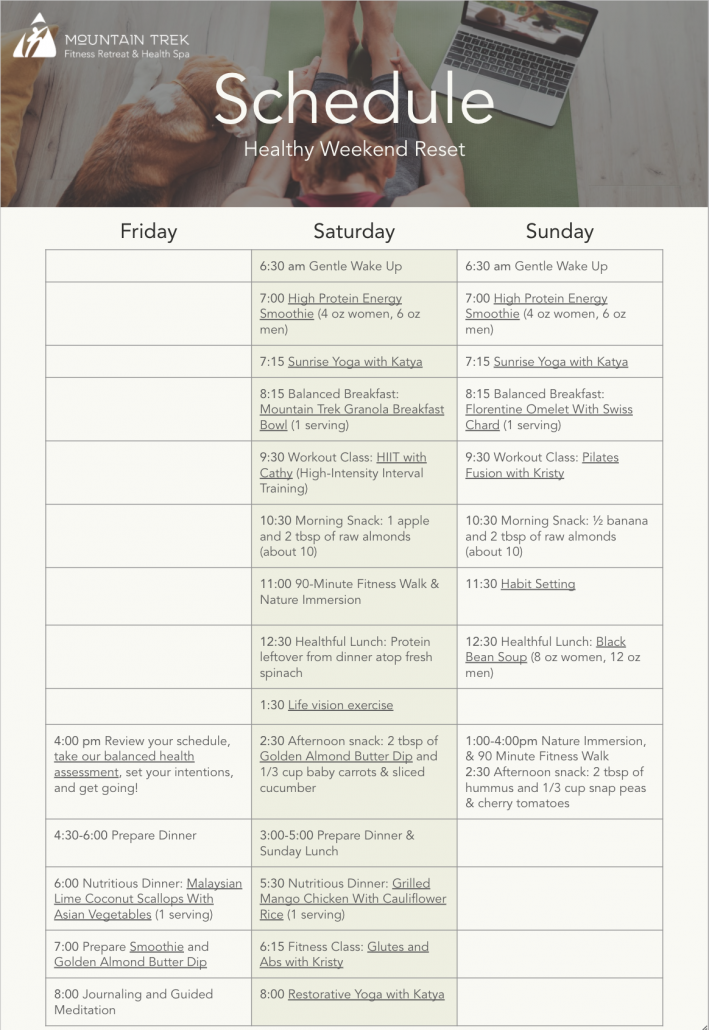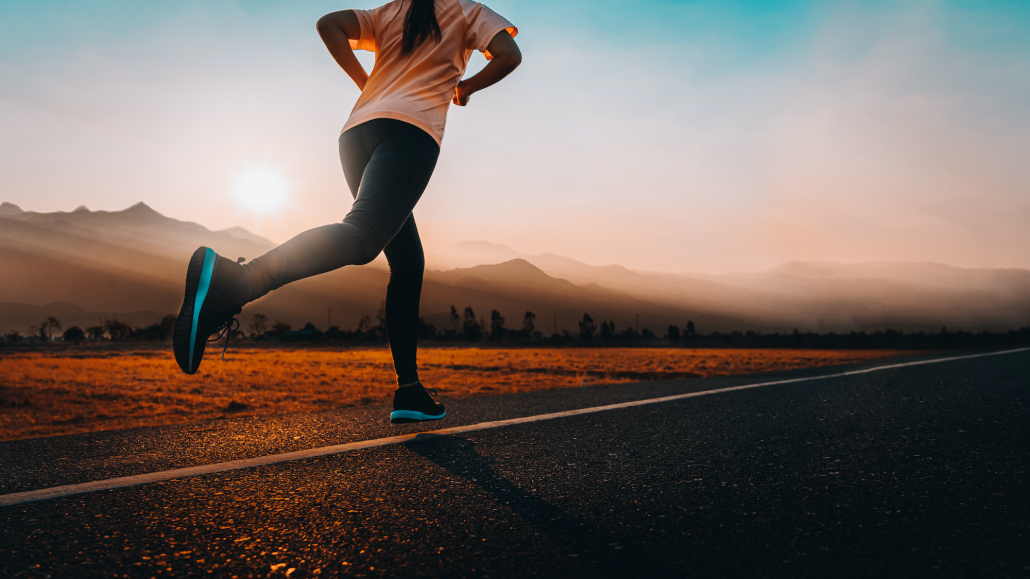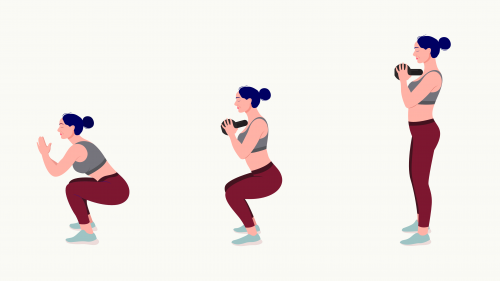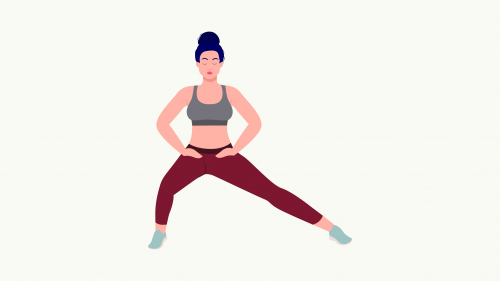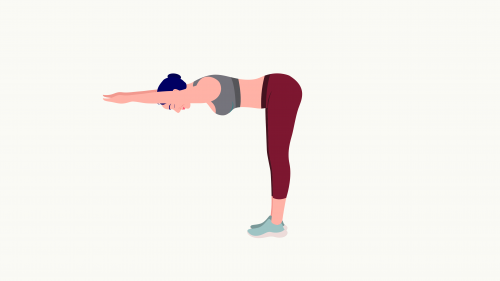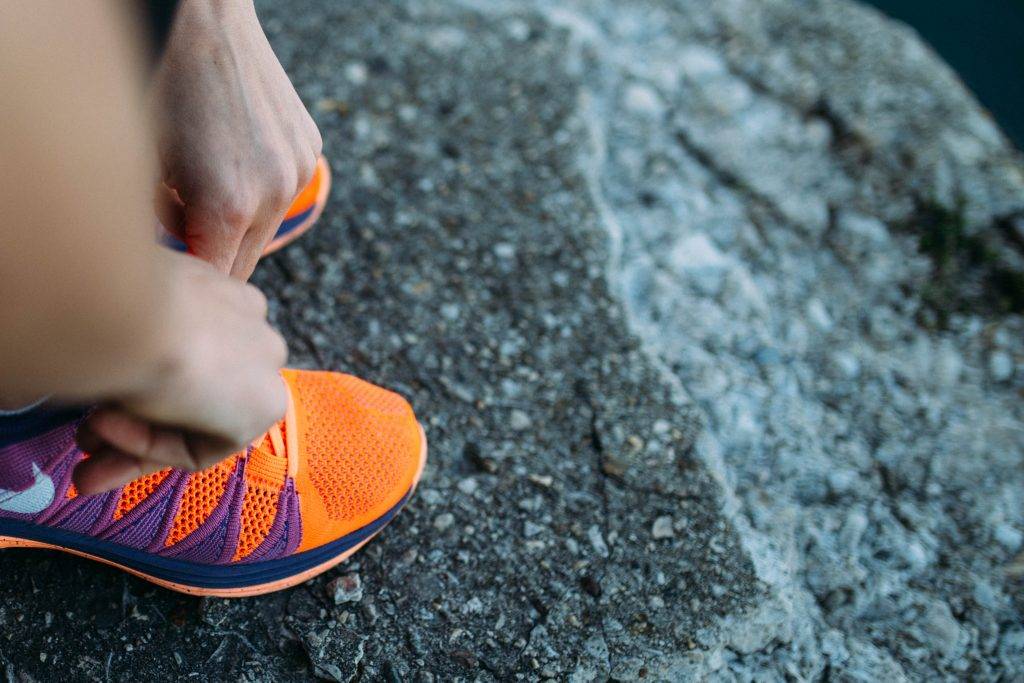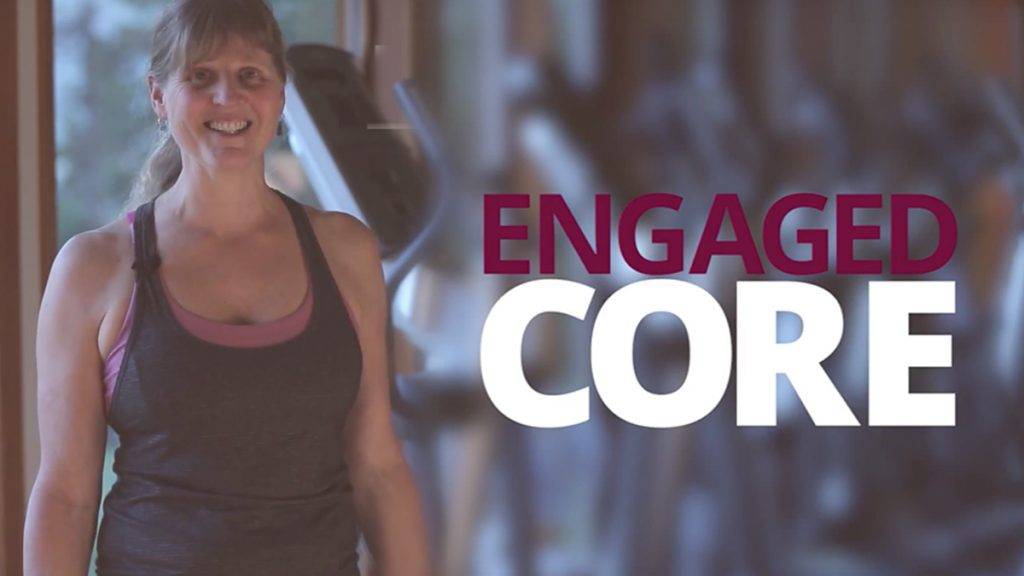Q&A: Health, Fitness and Wellness Trends in 2025 DRAFT

In this Q&A article series, Mountain Trek’s program creator and director, Kirkland Shave, answers health and hiking-related questions from previous retreat guests.
Q: Since 2025 began, I am seeing different health and wellness trends everywhere I look! Which ones should I get on board with?
Key Takeaway: ‘Healthspan,’ as we call it at Mountain Trek, is top of mind for 2025. Categories that cater to helping people live healthier lifestyles for as long as possible are poised for growth. Our shortlist includes: AI enabled digital and fitness trackers, supplements, wellness tourism and the emergence of a women’s hormonal health sector.
A: The primary focus for health, fitness and wellness trends in 2025 fits under the umbrella of longevity: living as healthy as possible for as long as possible. At Mountain Trek, we call this our ‘healthspan.’ People are scared of dying,” Livia Wang says in the December issue of Forbes Australia. “They want to live longer, so they’ll wear devices that monitor their sleep data or ingest supplements to improve their cell age.” DNA testing, which Wang says can help provide a comprehensive assessment of your aging process, can identify areas for targeted intervention.
According to Euromonitor International’s ‘Top Global Consumer Trends 2025’ report, wellness categories in play this year include digital health and fitness trackers, NAD+ supplements, and the development of a full-blown women’s hormonal health sector.
DIGITAL HEALTH AND FITNESS TRACKERS
The health and fitness technology market has come to include everything from meditation and workout apps to wearables, connected home gym equipment, and smart bathroom scales. Whether your goal is to lose weight, reduce stress, sleep better, boost immunity, elevate mood, or improve nutrition, there are technologies that can track, monitor, and accelerate your progress through measurement and gamification. The drive for increased digital support is being fueled by the hard-working, time-conscious Gen X and Gen Z populations who are opting for personalized health and fitness support at home. With the help of AI, wearables such as Fitbit, Aourl, Garmont, and others have significantly advanced their features and capabilities to align with the needs of these markets.
NUTRITION AND SUPPLEMENTS
As biohacking for longevity goes mainstream, we can expect to see a surge of interest in products and services that promise to help people live longer and healthier lives.
- When it comes to nutrition, protein will continue to be prioritized as the primary macronutrient to counter aging.
- We can expect to see more plant-based substitutes hitting shelves, from day-to-day food products all the way to bioidentical hormones.
- Adaptogenic herbs will continue seeing a rise in demand, as the expanding sober-curious consumer base looks for mood enhancers to combine with their zero-proof mocktail after a full day at work.
- The desire for youthful beauty will continue to drive the supplement industry, with NAD+ supplements (Nicotinamide Adenine Dinucleotide) being publicly endorsed by Hollywood stars for their skin benefits and potential link to anti-aging.
WOMEN’S HEALTH
Identifying the women’s health category as a sector ripe for brand innovation, Euromonitor’s 2024 whitepaper zeroes in that “previously taboo or underserved areas—like sexual wellness, mental well-being, and women’s health—are now becoming a more critical component of the wellness journey.” While these needs remain largely unmet as of yet, categories such as supplements, OTC drugs, hygiene, and femtech present novel opportunities for flourishing.
TRAVEL AND WELLNESS
In the tourism sector, longevity continues to be the hottest trillion-dollar buzzword. While long workdays dictate the desire for at-home, on-demand workouts, society also finds itself amidst a global epidemic of loneliness. The health-conscious traveler no longer wishes to spend their vacation time undergoing DNA testing and stem cell treatments in a stuffy, sterile clinic. Instead, they crave that knowledge and dedication to health while also developing community and connection. Modern-day longevity-focused programs are perfectly positioned to provide this: often centered around communal and collaborative activities, such as hiking and vision boarding.
A holistic approach to wellness also means finally paying attention to our brains. Retreats now offer everything from neurofitness training to psychedelic-assisted feedback. Women are also discovering a plethora of programming tailored specifically to their health needs, from fertility to menopause and everything in between. Whether one suffers from insomnia or technology addiction, nearly every ailment can be treated with some form of wellness vacation.
MOUNTAIN TREK’S TAKE
Enjoy exploring the 2025 trends that pique your interest. Longevity is uncontrollable. Aging and death are certain. If it seems overwhelming to sift through where to focus your attention, time, and money, consider asking yourself: Who do I want to become more of in 2025? Will using any of these products resource me to live a more balanced, joyful, peaceful, loving, free, creative, and present life? And finally, will that contribute to my healthspan?
What is Mountain Trek?
Rated one of the best wellness retreats in the world and located in the healing forest of British Columbia, Canada, Mountain Trek is a week-long immersive health reset program proven to dramatically transform your body, mind, and spirit. Whether you feel overworked, overweight, or just in need of time to unplug, slow down, and recharge, Mountain Trek is for you.
To learn how our award-winning health retreat can help you melt stress away, restore energy levels, burn fat, purge toxins, and return home revitalized, recharged, and years younger than when you arrived, please email us at info@mountaintrek.com or reach out below:


